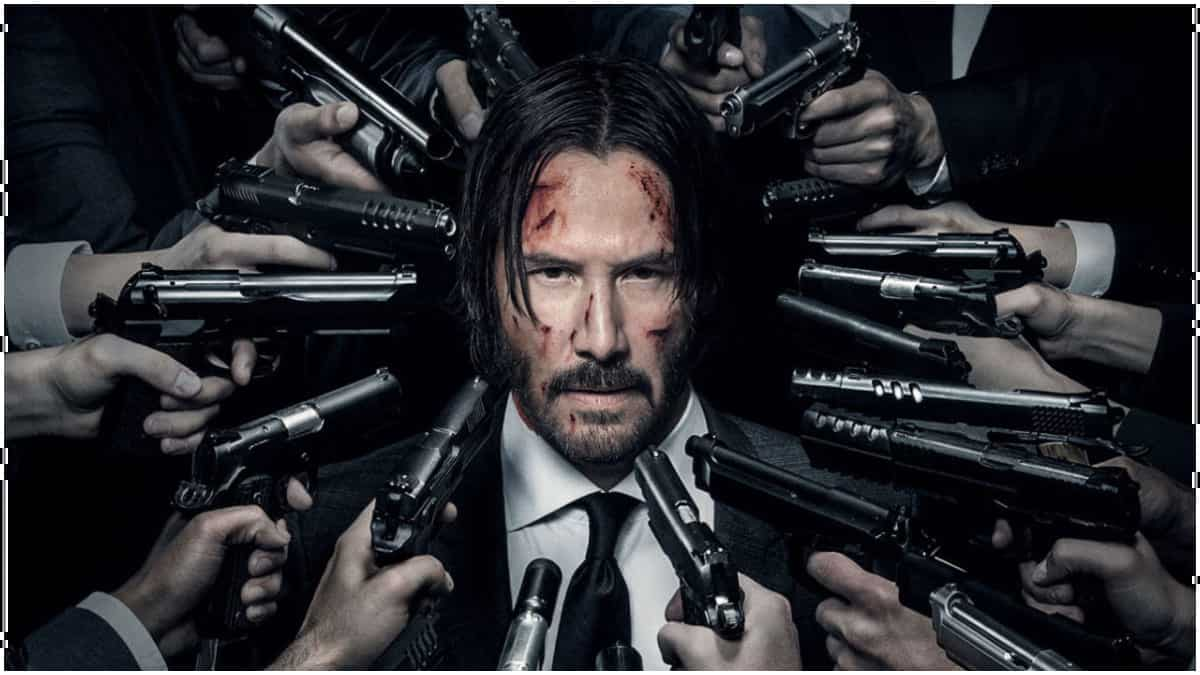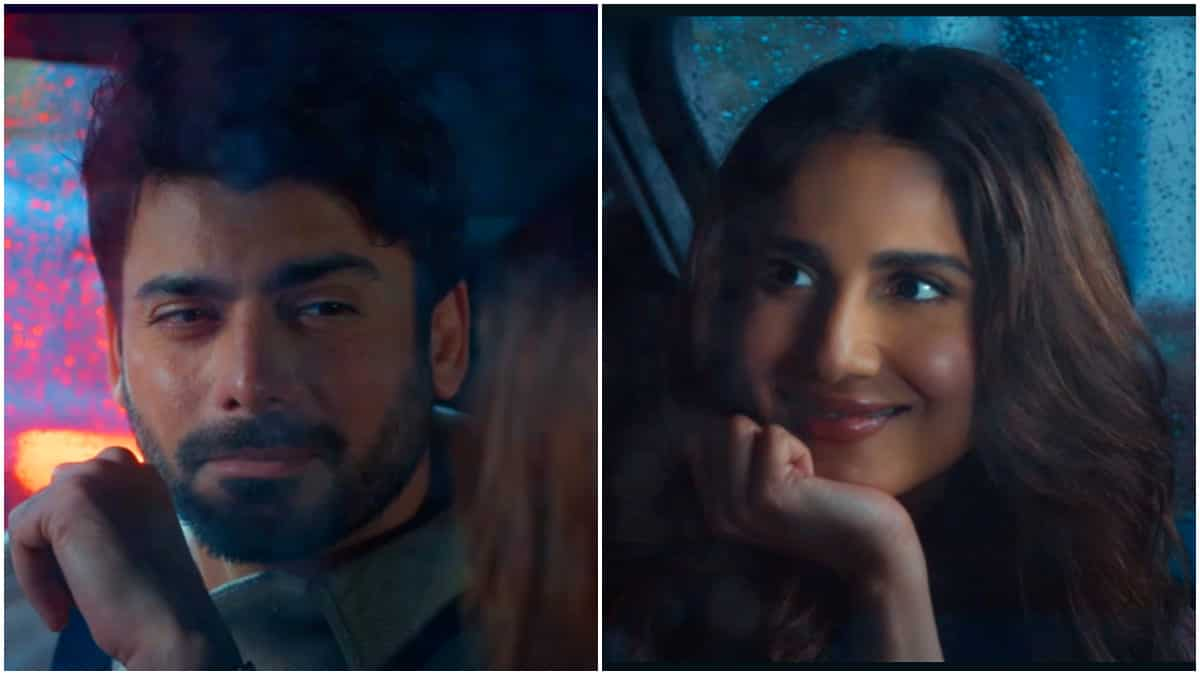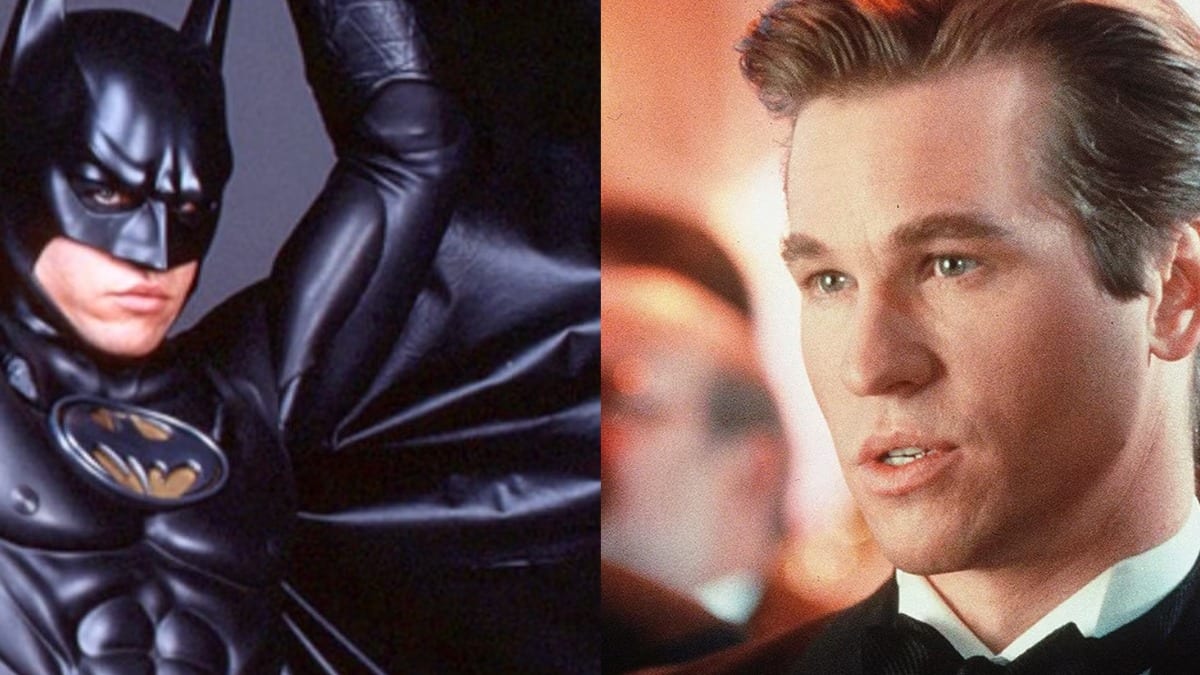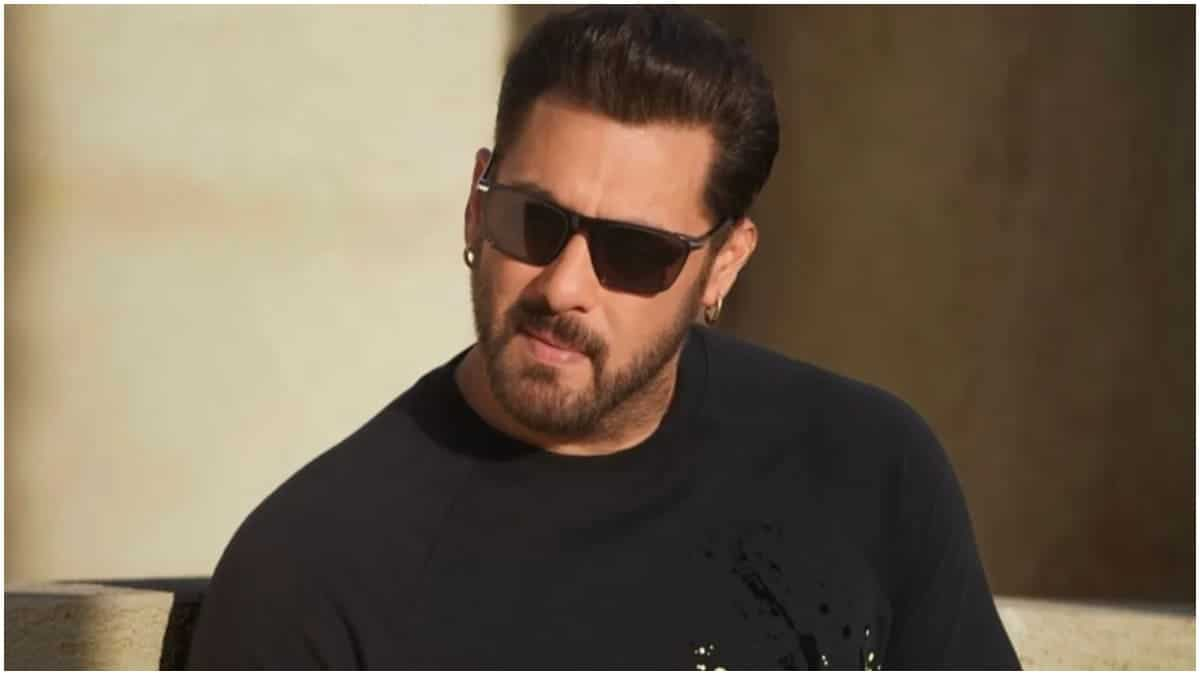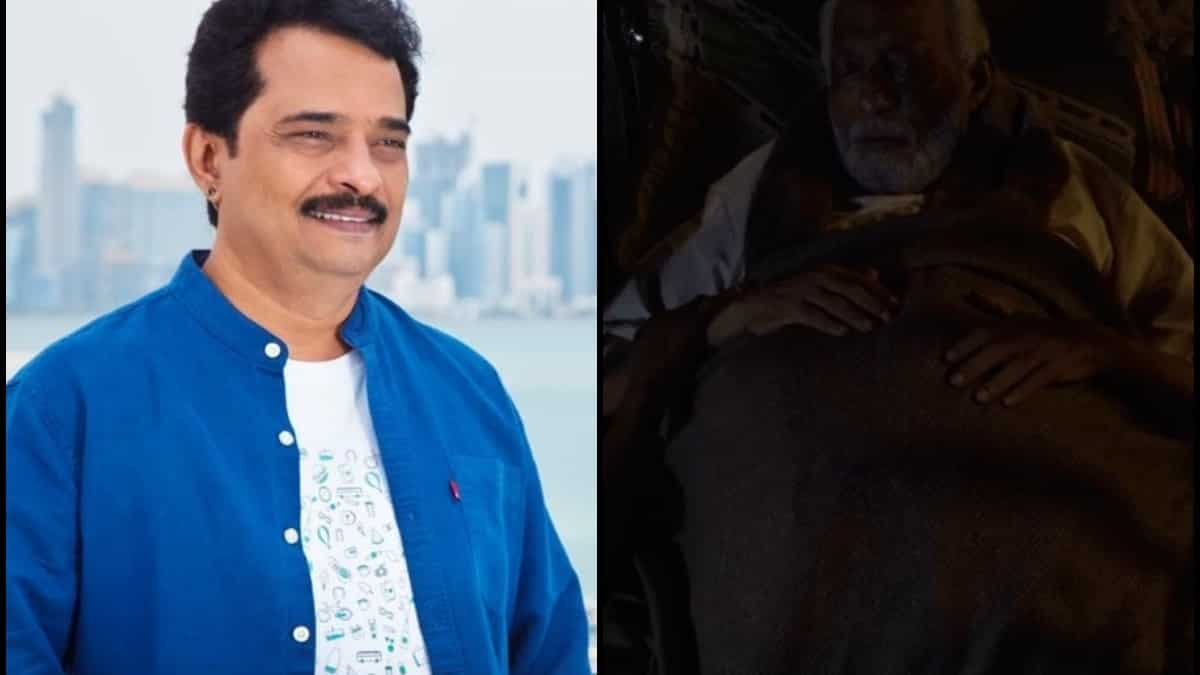
Jayaraj on Manorathangal: MT Vasudevan Nair’s stories have more cinematic elements than other writers’ | Exclusive
7 months ago | 127 Views
It wasn’t often that assistant directors were asked to be part of discussions between director Bharathan and scriptwriter MT Vasudevan Nair, considered two of the greatest talents behind the camera in Malayalam cinema. But filmmaker Jayaraj was often privy to their conversations and was also encouraged to actively participate in these discussions. In fact, the filmmaker tells OTTplay that during the shoot of the mythological drama Vaishali in 1989, even the legendary writer had to work on the final few scenes on the sets. During breaks, Jayaraj and MT would sit on the huge boulders in Pandavapura, Karnataka, where the film was shot, with the younger filmmaker jotting down the lines on his writing pad as the veteran spoke them out.
Such was their camaraderie, and yet it has taken Jayaraj almost 33 years to direct an MT Vasudevan Nair script. In a candid conversation with us, the two-time National Award-winning director talks to us about his segment Swargam Thurakkunna Samayam from ZEE5 anthology Manorathangal, how much the late Nedumudi Venu brought to the role and more.
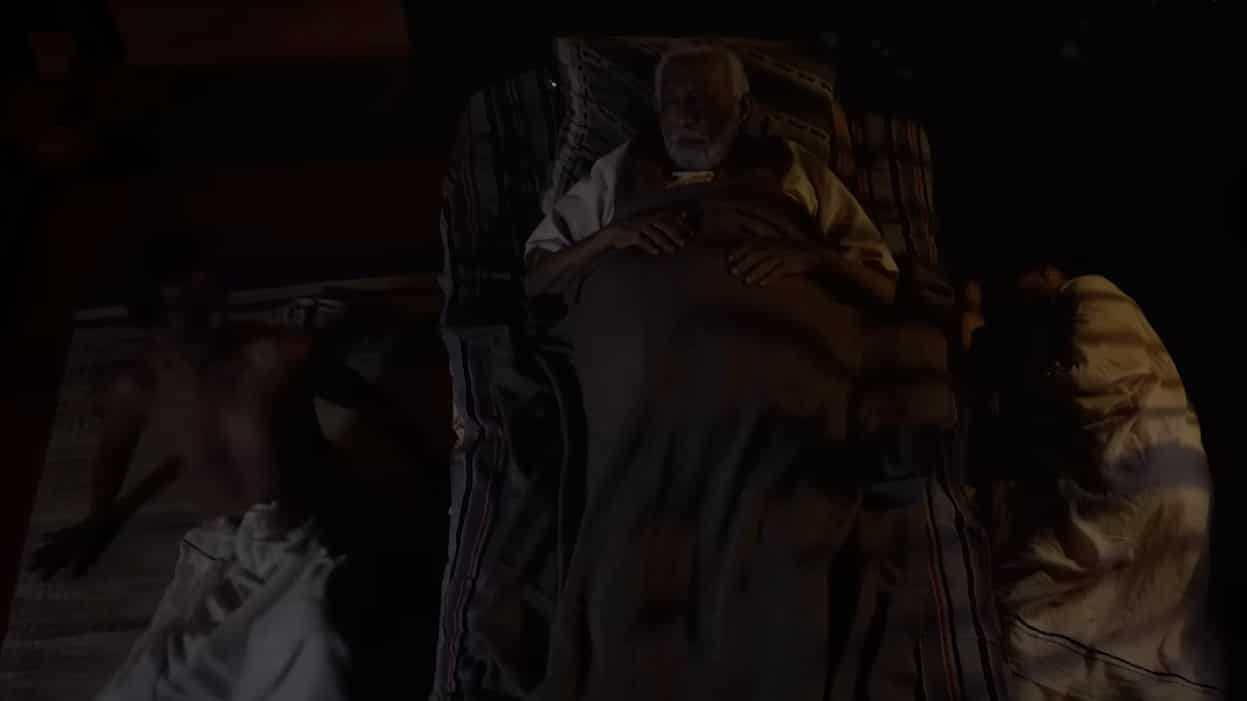
What was the reason for picking Swargam Thurakkunna Samayam as your segment from Manorathangal?
When they had decided to do this anthology, they gave me the freedom to choose my segment. This is one of those timeless MT stories; it will always be relevant. This was turned into a film, Aalkkoottathil Thaniye, in 1984. For any writer, when his or her story outlives the era that it was written, it assumes more significance. And that’s the prime reason I decided to tell this story.
It’s about a father who is on his deathbed and his children who are waiting for his passing. That state of mind is what everyone goes through; everyone has their own priorities and is busy with their lives, even when a person is on their deathbed. That’s universal, and it’s especially pertinent in our country.
Being one of MT’s more popular short stories, did you decide to stick with his script or have you tried to give your own spin to the tale?
The script is his; my contribution is in terms of how it’s visualised for the medium. MT’s scripts are almost always perfect. There’s very little room for us to change it because he accounts for all perspectives. So, I have only tried to take liberty in terms of its visuals.
I have used rain as a backdrop; it’s a major factor in how the story unfolds. It also accentuates the state of mind of people who are waiting for a man to die as well as someone who is on his deathbed. Also, the space where the protagonist lies is a corner room of a naalukettu and that area is in itself a character. The rain is visible to him.
Also, the casting of the movie elevates the film. Nedumudi Venu, who was a stellar actor, played the protagonist and was aided by an equally talented Indrans. There are also several motifs and visual elements that would represent the state of mind. Despite the story being set in a certain time period, it is still applicable to every era. The audience will be able to feel the depth of the story through the visual elements of light and darkness combined with the layers of MT’s script. Be it the gloominess inside the naalukettu or the distance between the entrance and the house, all of these are used as expressions in the segment.
You have adapted several literary works into films, from Anton Chekhov’s Vanka to several William Shakespeare’s plays. But MT’s stories have a visual quality to them and does that make it easier for you to adapt his work to movies?
In his case, when he writes a story or a screenplay, he functions as a filmmaker. The presence of cinema – as visual language or cinematic expression – in MT’s stories are higher than other writers. This is present in his stories and it’s perfect in his screenplays. I have adapted works of renowned writers like Madampu Kunjukuttan (Shantham) and Thakazhi Sivasankara Pillai (Vellapokkathil); their literary works delve deep into the characters and the story. But MT’s stories have cinematic elements and I believe that’s why a lot of his stories have been turned into successful films.
The visuals in his stories support the emotions that a particular story conveys. Take the beginning of Randamoozham, where he starts by describing a black sea, its waves dashing against the shore, clamouring as if devouring the palace and the city of Dwaraka. In that one sentence, he has painted a tremendous imagery. That’s what makes his writing timeless and gives it the power to appeal to readers of all generations.
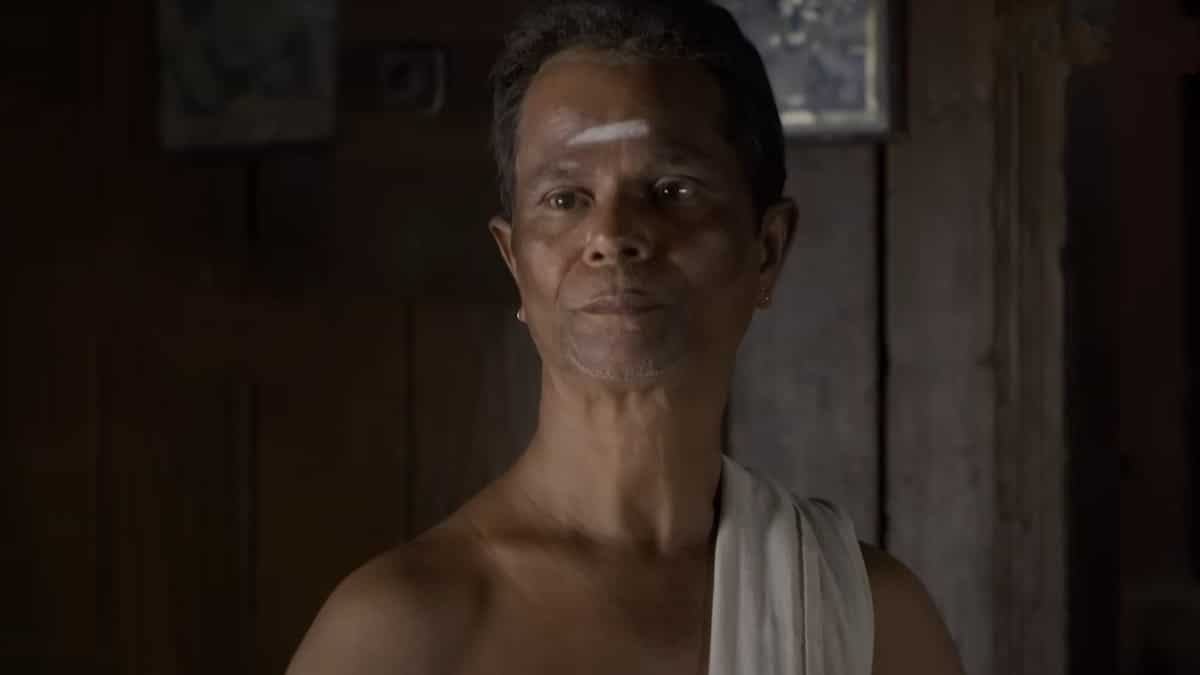
MT’s works also deal with the introspection of the protagonists, delving into various emotional conflicts that these characters go through. One would assume that’s your forte too, given that it’s the mainstay of your Navarasa series of films. Did Swargam Thurakkunna Samayam fit perfectly into that oeuvre - because there are lines where the main character says, ‘Everyone can leave now and you will be informed only after everything is over’?
That’s the prime emotion; people on the deathbed would feel it the most. Even when they are ailing and helpless, they are fully aware of what’s happening around them. That’s the reality. Even when the story talks about an individual’s despair, MT was reacting to society.
In this story too, the protagonist’s sorrow is that he can hear and see every little thing that is happening. People reading would think that the protagonist can’t, till they reach a point where they know that he is aware of much more than what they have read. So, that line where he says everyone will be informed now only after he is dead is the ultimate expression, because those around him are tied up with things in their own lives.
If you take Vasuettan’s stories, including Randamoozham, they are not just pregnant with emotions; they also raise a question overall. In Akira Kurosawa’s biography, the writer mentions that cinema comprises story, characters, cinematic moments and scope for visual and musical elements. At the same time, it should also have a philosophical vision. This is specific in Swargam Thurakkunna Samayam and this ultimate question is what pierces the heart.
In Nirmalyam and Kuttyedathi too, he did the same. The oracle spitting at the idol is his reaction or repulsion to society. So, it’s important to take into account the socio-political situation of the times and react to it. If you take Thakazhi’s Randidangazhi, for instance, it addresses the growing communist institutions and after reading you would feel like you want to be a communist because it connects on that emotional level. MT’s writings too echo those sentiments.
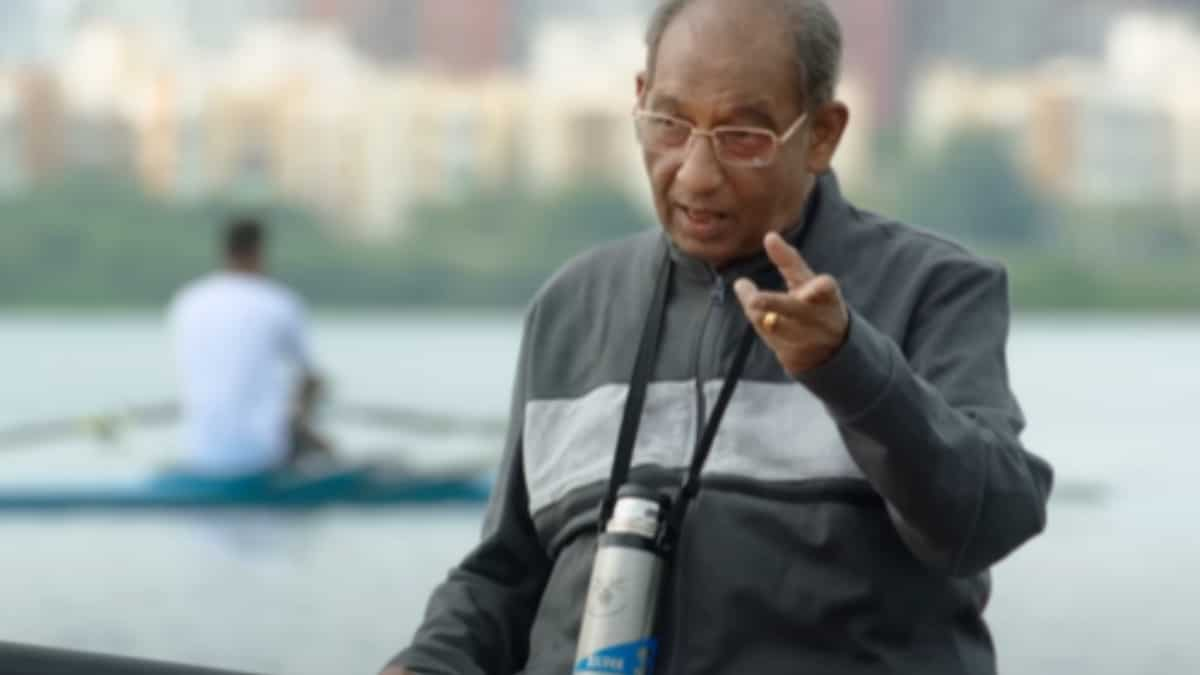
How much value did having an actor like Nedumudi Venu, who would have read most of MT’s works and would have had his interpretations to the characters, contribute to the segment?
I see him acting in this film as destiny. When he came to the sets, it was the first time that I saw him this physically weak; his condition in real life was more or less the same as that of the character. You would rarely find the actor being in the same state as that of his character. It just happened that way for this film. During the breaks, I would rub his legs. When he lay on that bed, I secretly prayed that this shouldn’t be the time that the heavens opened for him.
Two weeks after the film’s shoot, he was hospitalised and when he was laying on his hospital bed, he said, in jest, to his wife and children, ‘I had just completed acting in Vasuettan’s story and it had the exact scene.’ He passed away the next day. I believe every character and story has a destiny.
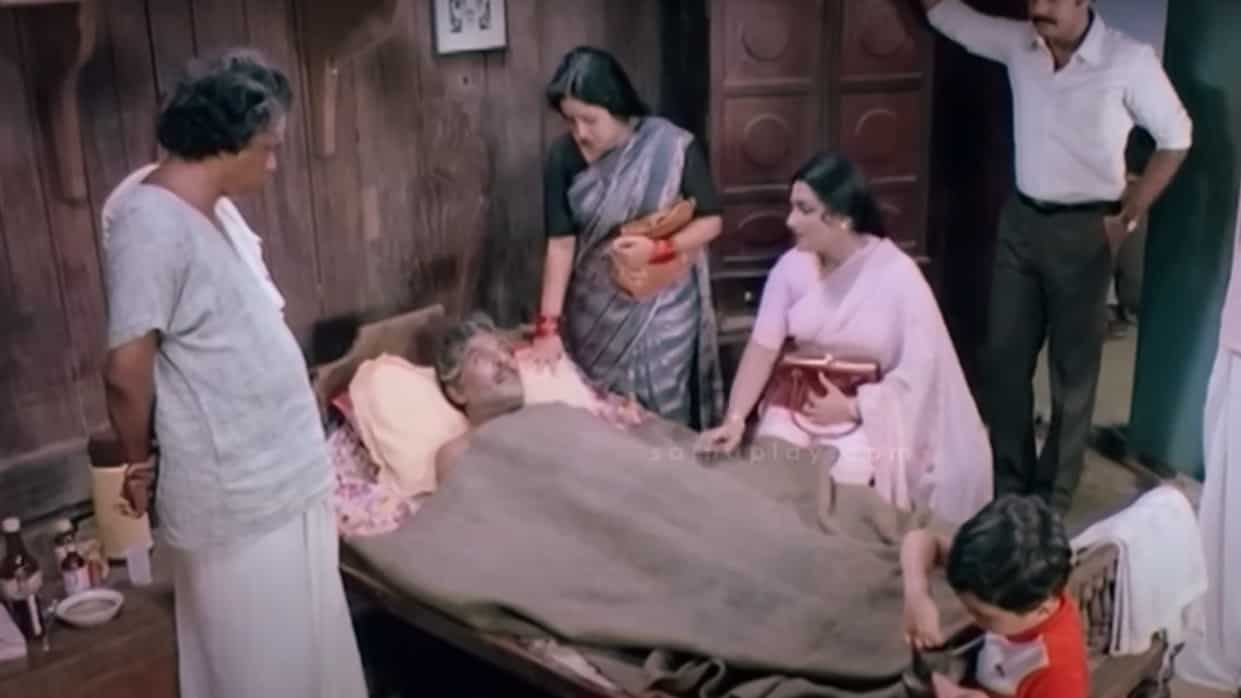
Getting back to the question, Venu chettan is someone who has read almost all stories written by Vasuettan. He had also watched Aalkoottathil Thaniye; so he knows everything about Swargam Thurakkunna Samayam – the story and its visual expressions.
So, I had two big challenges; firstly, it was my biggest dream to direct an MT script. Moreover, there was already a popular movie that starred Mammootty, Balan K Nair and Kuthiravattom Pappu that was based on it and I had to break that.
Having accomplished that dream of directing an MT script, what was the biggest takeaway?
It’s every director’s dream to direct an MT script. When I had assisted Bharathan chettan, I had the opportunity to work on Vasuettan’s Vaishali and Thazhvaram and we would discuss those scripts. Usually, assistant directors weren’t privy to these discussions. But Vasuettan and Bharathan chettan would include me in their talks, and these were huge learning experiences for me. Especially the final few scenes of Vyshali, we were writing it on the sets. During breaks in Pandavapura, Vasuettan and I would sit on the rocks; he would narrate and I would write. So, there’s that understanding.
He was the person I had approached to write the script for my first film. He said he will but back then, maybe because I couldn’t discern the importance and travelled my own path, it didn’t happen. But in my mind, I always wanted his script and whenever we met, he would tell me he would write for me. I didn’t persist. So, when this opportunity came, it was a huge blessing.
Manorathangal, which is an anthology based on MT Vasudevan Nair's short stories, has segments starring Mohanlal, Mammootty, Fahadh Faasil, Parvathy Thiruvothu, Asif Ali, Biju Menon, Nedumudi Venu and Madhoo. The anthology will be available to stream on ZEE5 and OTTplay Premium from August 15 onwards.
Read Also: Suga apologises over drunk driving incident amid military service; BTS agency says he will face 'disciplinary action'
#



